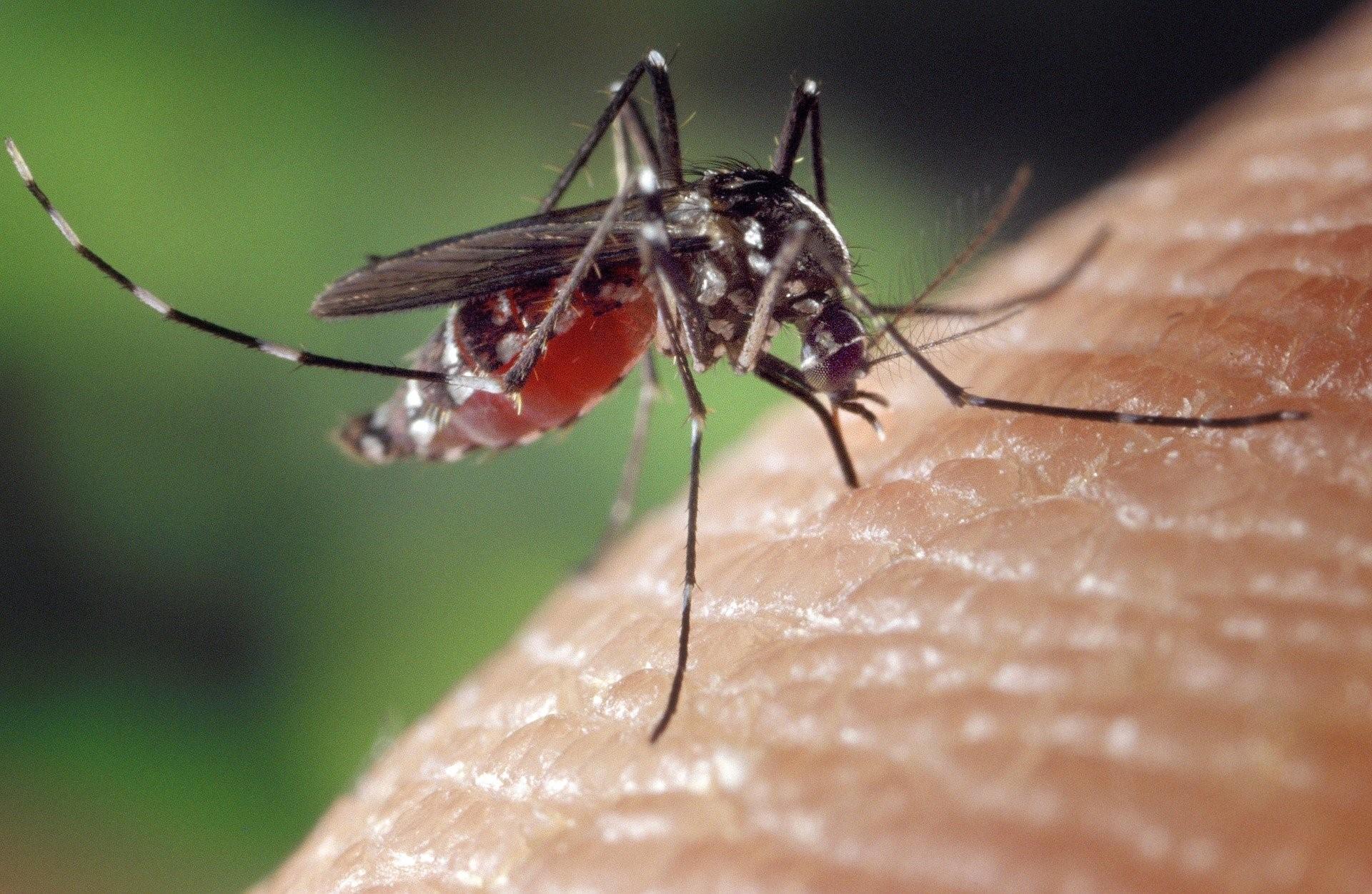Inhibition of translation by IFIT family members is determined by their ability to interact selectively with the 5'-terminal regions of cap0-, cap1- and 5'ppp- mRNAs
Ribosomal recruitment of cellular mRNAs depends on binding of eIF4F to the mRNA’s 5′-terminal ‘cap’. The minimal ‘cap0’ consists of N7-methylguanosine linked to the first nucleotide via a 5′-5′ triphosphate (ppp) bridge. Cap0 is further modified by 2′-O-methylation of the next two riboses, yielding ‘cap1’ (m7GpppNmN) and ‘cap2’ (m7GpppNmNm). However, some viral RNAs lack 2′-O-methylation, whereas others contain only ppp- at their 5′-end. Interferon-induced proteins with tetratricopeptide repeats (IFITs) are highly expressed effectors of innate immunity that inhibit viral replication by incompletely understood mechanisms. Here, we investigated the ability of IFIT family members to interact with cap1-, cap0- and 5′ppp- mRNAs and inhibit their translation. IFIT1 and IFIT1B showed very high affinity to cap-proximal regions of cap0-mRNAs (K1/2,app ∼9 to 23 nM). The 2′-O-methylation abrogated IFIT1/mRNA interaction, whereas IFIT1B retained the ability to bind cap1-mRNA, albeit with reduced affinity (K1/2,app ∼450 nM). The 5′-terminal regions of 5′ppp-mRNAs were recognized by IFIT5 (K1/2,app ∼400 nM). The activity of individual IFITs in inhibiting initiation on a specific mRNA was determined by their ability to interact with its 5′-terminal region: IFIT1 and IFIT1B efficiently outcompeted eIF4F and abrogated initiation on cap0-mRNAs, whereas inhibition on cap1- and 5′ppp- mRNAs by IFIT1B and IFIT5 was weaker and required higher protein concentrations.
